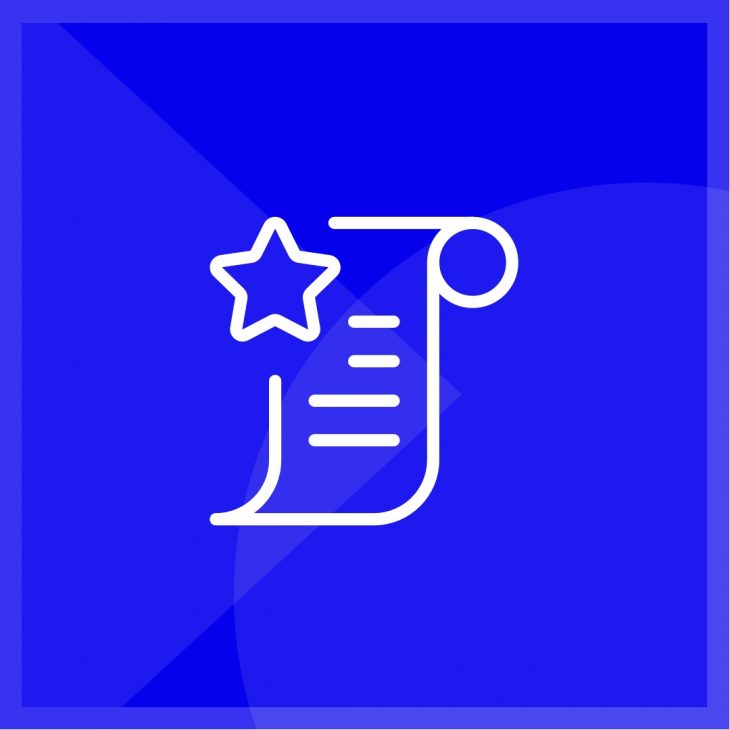How to be and remain compliant with the ADA
The number of lawsuits filed over accessibility for people with disabilities has sharply risen in the United States of America in recent years. In 2021, a record number of lawsuits were filed claiming that websites were not designed to be accessible to people with disabilities, violating the Americans with Disabilities Act (ADA). In this article, we’ll show you how you can achieve compliance with the ADA and remain compliant going forward.
The Americans with Disabilities Act (ADA) applies to public life in America – including websites and online services. It prohibits discrimination against individuals with disabilities in the areas of employment, public accommodations, transportation, and telecommunications. This means that websites and online services operated by covered entities, such as state and local governments, places of public accommodation, and employers with 15 or more employees, must be accessible to individuals with disabilities.
Accessibility can be achieved by following the Web Content Accessibility Guidelines (WCAG), a set of guidelines for making web content more accessible to people with disabilities. WCAG 2.1 is currently the most widely recognised standard for web accessibility and includes guidelines for design, layout and navigation.
This means that a website or webshop should be designed to be usable by keyboard alone. It should also have alternative text for images, a clear and simple layout, and provide captions for videos. Websites and online stores should also be tested by users with disabilities to ensure they are accessible.
It’s worth noting that there isn’t a specific law regarding website accessibility. However, there have been lawsuits filed under the ADA arguing that websites fit the description of services covered by the ADA and therefore should be accessible to individuals with disabilities.
To comply with the Americans with Disabilities Act (ADA), companies should take the following steps:

Guidelines
Review the Web Content Accessibility Guidelines (WCAG) 2.1 and ensure that the website or online store follows these guidelines.

Audit
Perform an accessibility audit of the website or online store to identify any accessibility barriers.

Improvements
Make any necessary changes to the website or online store to remove accessibility barriers and make it more accessible to individuals with disabilities.

Test
Test the website or online shop with users with disabilities to ensure that it is fully accessible.

Statement
Create an accessibility statement that explains the company’s commitment to accessibility and shows how users can request assistance.

Educate
Train employees and contractors who work on the website or online shop on accessibility best practices.

Monitor
Continuously monitor the website or webshop for accessibility issues and make any necessary updates to ensure that it remains accessible.

Follow-up
Respond in a timely manner to any accessibility-related complaints or requests for assistance.
It’s worth noting that compliance with the ADA is a process rather than a one-time action. It’s important for companies to continuously strive to improve accessibility on their website or webshop.
How the A11Y Collective helps
Accessibility training makes it easier to comply with the ADA. The A11Y Collective is an e-learning platform for anyone who wants to learn more about web accessibility. Our goal is to globally spread knowledge and skills about web accessibility to ensure everyone can use the internet.
We present a range of online courses covering accessible web design, coding, and content creation. These courses, available in video and text, are interactive, encouraging learners to practise their new skills. Upon successful completion of each course, participants are awarded a certificate, validating their expertise.
Everyone can follow our courses. They focus mostly on knowledge and skills that are valuable for web designers, developers, webmasters, product owners, and web editors. Completing one of our courses gives you the knowledge and skills needed to make an impact. It doesn’t matter if you are a writer, designer, developer or product owner – everyone can make a difference!

Making the web accessible is a team effort!
We are happy to advise and create a customised training program tailored to your company’s needs.

